#prehistoric elephant
Photo
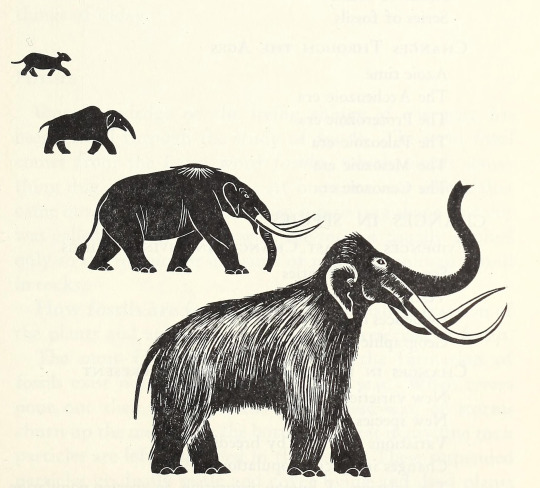
Source details and larger version.
If you'll pardon the pun, I have a trunk of vintage elephant imagery.
374 notes
·
View notes
Text
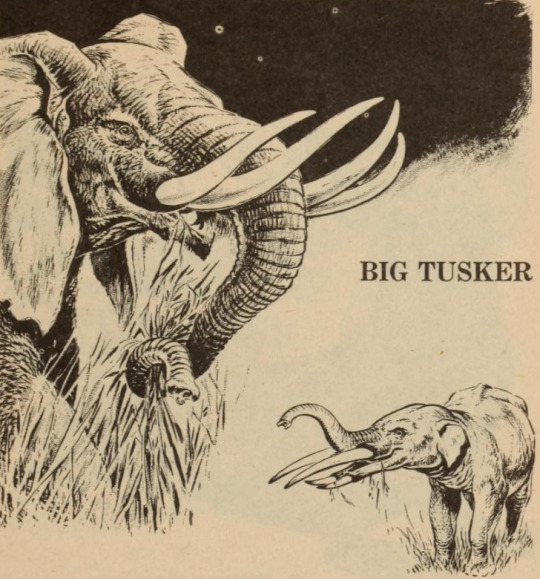
Gomphotherium. Animal Ghosts. Edited by Claudia Clow. Illustrated by Walt Disney Productions. 1971.
Internet Archive
170 notes
·
View notes
Text
Animal of the Day!
Steppe Mammoth (Mammuthus trogontherii)

(Photo from The Azov Museum)
Conservation Status- Extinct
Habitat- Northern Europe; Northern Asia
Estimated Size (Weight/Length)- 14 tonnes; 4.5 m tall
Diet- Leaves; Grasses; Shrubs
Time Period- Pleistocene
Cool Facts- The steppe mammoth was the largest mammoth of the Pleistocene, although not the largest elephant of all time. Being the ancestor to the wooly mammoth, the steppe mammoth had massive tusks that could reach 5 meters long on the bulls. Steppe mammoths most likely played a similar role to African elephants today. They would push down trees and create rivers with their tusks, playing a major part in the ecosystem. These mammoths most likely lived in small herds although their general ecology is lesser known due to so few skeletons being found. The steppe mammoth most likely went extinct due to a combination of climate change and overhunting from humans.
Rating- 13/10 (Ice Age baby 2: Electric boogaloo.)
#Animal of the day#Animals#Mammals#Mammoth#Elephant#Saturday#January 14#Steppe Mammoth#biology#science#conservation#the more you know#Paleoweek#Paleolithic#Prehistoric#Megafauna#Extinct animals#Paleontology
307 notes
·
View notes
Text

A huge bull Paleoloxodon antiquus scatters away a herd of red deer as he arrives to drink from a pond in the forested early Pleistocene wetlands of what is now Rome
#paleoart#paleontology#paleoloxodon#deer#pleistocene#cenozoic life#cenozoic#cenozoology#prehistoric#prehistoric life#elephant#proboscideans
77 notes
·
View notes
Text

Paleovember 2023, Palaeoloxodon falconeri!
If you recall back to last year, you'll remember that one piece I drew of Palaeoloxodon namadicus, which not only was possibly the biggest elephant to ever exist, but possibly the biggest LAND MAMMAL to ever exist. Well, it turns out that, while elephants and their relatives are famous for being the biggest things in their environment, they also produced some suprisingly small species, predominantly thanks to a phenomenon called 'insular dwarfism', where normally large animals are instead very small as an adaptation to live on islands. Here we have Palaeoloxodon falconeri, a VERY small species of dwarf elephant that lived on the islands of Malta and Sicily until 400 thousand years ago. Standing only 3 feet tall at the shoulder, these miniature elephants lived alongside other island-based oddities, like a similarly miniature hippo species and a giant swan. Surprisingly, Palaeoloxodon falconeri were fairly long-lived and had steady growth rates for their size, taking longer to reach maturity than other elephants.
#Palaeoloxodon falconeri#elephant#insular dwarfism#pleistocene#sicily#malta#prehistoric#evolution#illustration#characterdesign#art#artwork#cartoon#procreate#art challenge#paleontology#paleoart#artist on tumblr
30 notes
·
View notes
Text

Thirteen thousand years ago on the wintry plains of Pleistocene North America, this Paleo-Native American hunting party is going up against a lone bull woolly mammoth!
Given that prehistoric humans attacking mammoths or other elephants is one of the most enduring tropes of paleoart, it would be remiss of me not to do my own spin on it.
#native american#native#indigenous#paleoindian#woolly mammoth#elephant#prehistoric#pleistocene#ice age#paleoart#digital art#art
43 notes
·
View notes
Text
New research unveils incredible Neanderthal elephant hunts took place 125,000 years ago, and how these hominids took down elephants twice the size of mammoths, showcasing unparalleled organization and resourcefulness.
26 notes
·
View notes
Text
CALL OUT POST: SCIENCE

RESEARCH GROUP HAS THE AUDACITY TO CALL INTO QUESTION DMM 2k23 COMPETITOR VOROMBE'S LEGITIMACY
THE EVE OF THE COMPETITION
This insult to Vorombe's honor will have drastic effects on its ability to compete in this years competition! Will its potential non-existence prevent people from voting? Or will they vote out of spite? Is the largest known bird really real? Does it even matter? ONLY TIME WILL TELL
Mere days before the event, this could not have come at a worse time! Science is trying to cancel Vorombe, but we, the inhabitants of Paleoblr, will cancel SCIENCE ITSELF*
*science will not be cancelled. If the majority of evidence supports this hypothesis, obviously Vorombe isn't a thing. However, we're too far into preparing for DMM23 so Vorombe is staying.
#vorombe#I LITERALLY WROTE ITS BLURB YESTERDAY#birds#dinosaurs#palaeoblr#prehistoric life#paleontology#elephant bird
137 notes
·
View notes
Text

Elephant, Spotted Hyaena, Steppe Rhinoceros, European Ass, Hartebeest by Peter Schouten
#elephantine enrichment#fantastic elephants#elephants#elephant#prehistoric elephants#mammoth#pachyderm#proboscidean enrichment#proboscideans
9 notes
·
View notes
Text




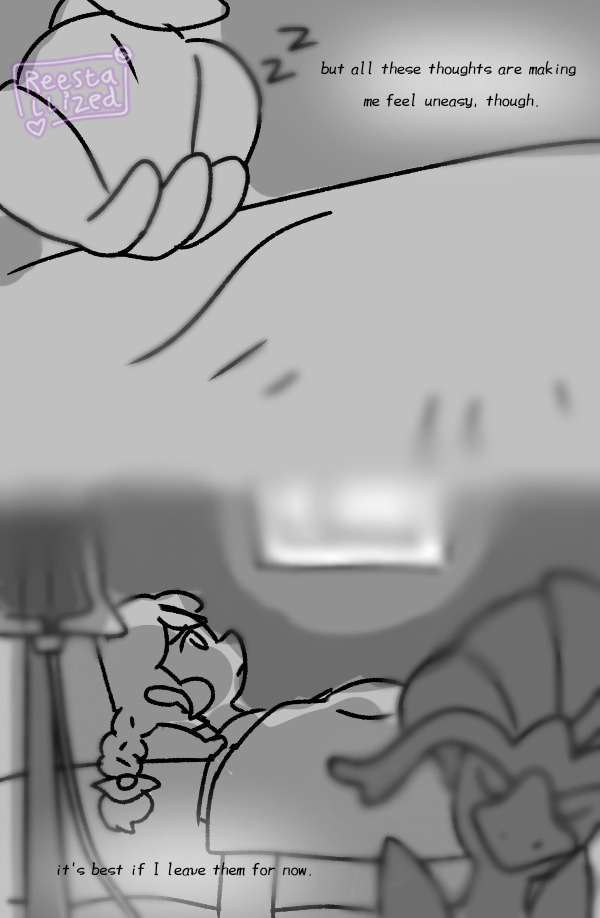
Hnnngrhhhh I thought of ms j too hard. I think this is what I end up making when I think of ms j too hard.
#did you notice that i drew like 90% of the things in this from memory#pokemon#reestallized drew this#reestal likes to draw#pokemon fanart#pokemon protagonist#reestalverse#pokemon scarlet and violet#trainer juliana#RV: Juliana Torres#quaxly#quaxwell#quaquaval#this is like post-area zero#getting stabbed by a prehistoric elephant= skill issue </3#y'all weren't ready for this were you#I'm actually really proud of this#also forgot about this#cw blood
12 notes
·
View notes
Photo
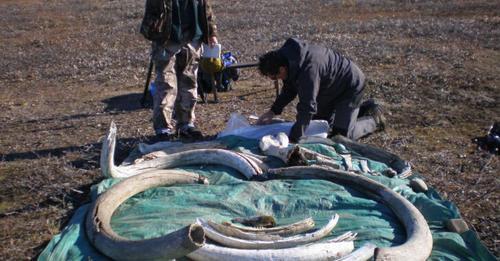
Testosterone in tusks: Hormones in mammoth fossils excite paleontologists
The technique could allow us to link mammoth health and nutrition to mating.
Musth, a time of heightened testosterone levels and aggression in male elephants related to reproduction, has now been identified in woolly mammoth tusks. Remarkably, this is the first time hormones have been seen in the extant or the extinct. And it opens up an exciting new field of paleontology that the team behind the discovery calls ‘palaeoendocrinology’—the study of hormones in ancient species.
A paper published on Wednesday in Nature describes that work, in which an international team of scientists studied African elephant and woolly mammoth tusks. Elephants and woolly mammoths are distantly related, and both belong to a group of animals known as proboscideans.
Once the researchers identified hormones in male elephant tusks, they could compare them to hormonal signatures, if any existed, in extinct proboscideans...
Read more: https://arstechnica.com/science/2023/05/testosterone-in-tusks-hormones-in-mammoth-fossils-excite-paleontologists/
45 notes
·
View notes
Photo

Source details and larger version.
Excavated: my collection of vintage dinosaurs, mammoths, and other prehistoric imagery.
21 notes
·
View notes
Text

Secret Land of the Past. Written by Miriam Schlein. Illustrated by Kees de Kiefte. 1992.
Internet Archive
#prehistoric#prehistoric mammals#glyptodonts#elephants#stegotetrabelodon#camelids#aepycamelus#Kees de Kiefte
205 notes
·
View notes
Text

proboscideans
19 notes
·
View notes
Photo
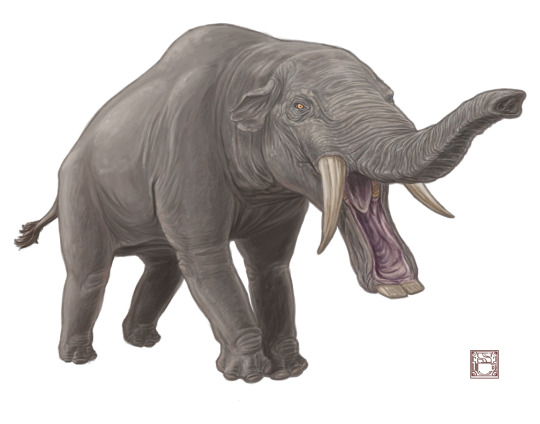
Final for Platybelodon grangeri.
P. grangeri was an extinct member of the Proboscidea order that lived during the Miocene Epoch, 15 to 10 million years ago; they were a prehistoric relative to modern day elephants. Members of their genus have been found in across parts of Africa, Asia, and the Caucasus.
Their distinctive lower teeth were once thought to have been used like shovels, allowing the animal to scoop large amounts of aquatic plants into it's mouth, but recent analysis of microscopic damage shows patterns closer to those of animals that use their teeth to strip bark from trees or cut tougher terrestrial plants. It's thought they used their trunks to hold such plants in place while using their teeth as a kind of built in scythe.
#platybelodon#proboscidea#elephant#paleo#paleoart#paleontology#sciart#science#naturalhistory#educational#prehistoric#miocene#mammal#digitalart#digitalillustration#illustration#illustrationartist#art#maineartist#artistsontumblr
68 notes
·
View notes
Text
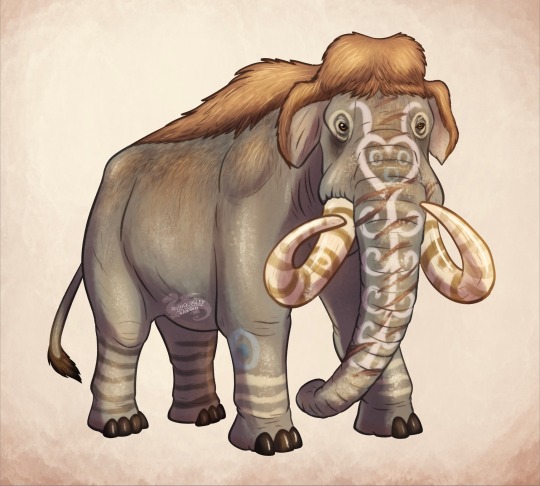
Commissioned Art of Delta, a 45 year old Colombian Mammoth!
#characterdesign#illustration#art#artwork#cartoon#digitalart#creaturedesign#mammoth#Columbian mammoth#ice age#pleistocene#elephant#prehistoric#drawing#procreate#artist on tumblr
103 notes
·
View notes